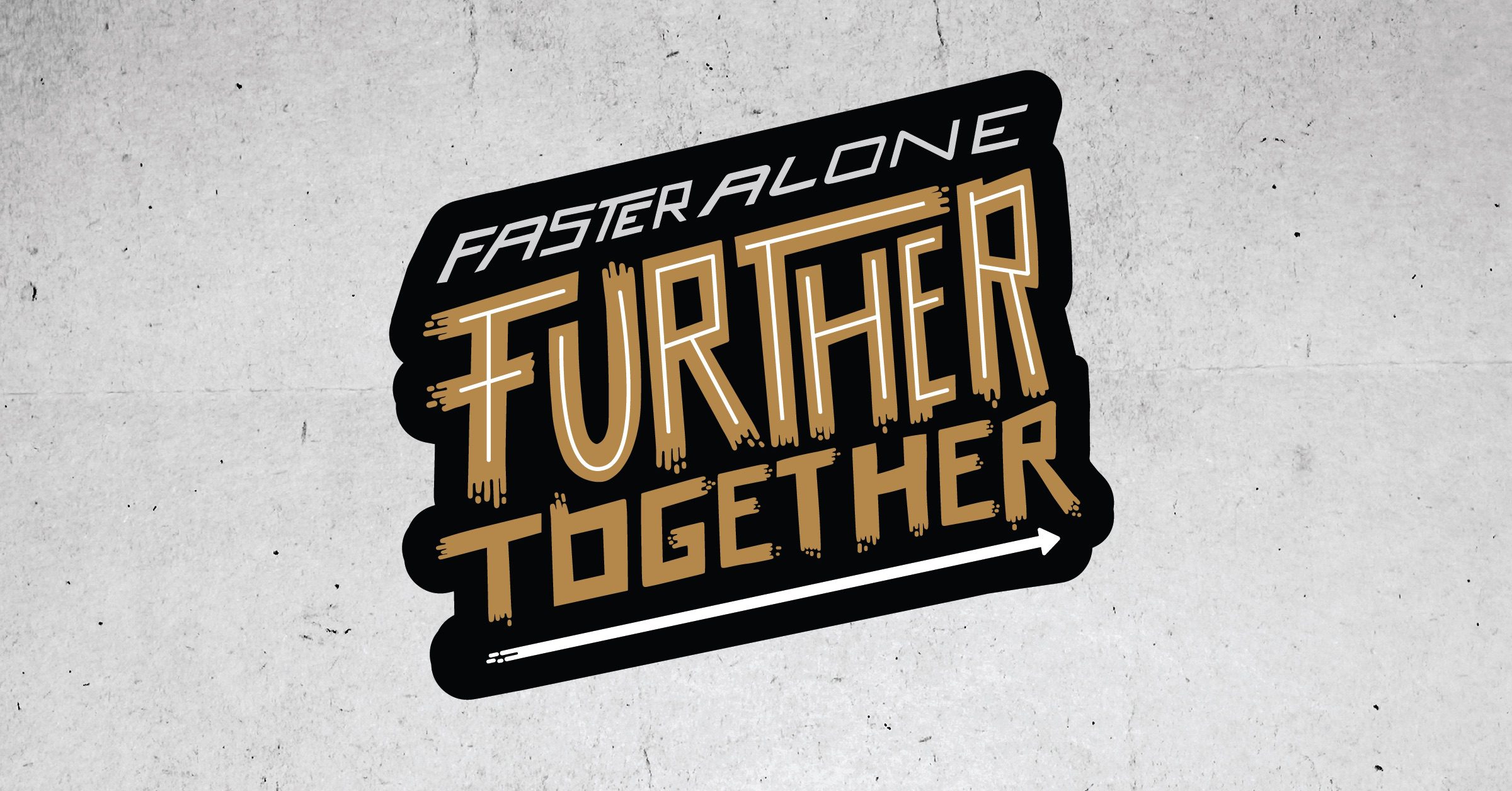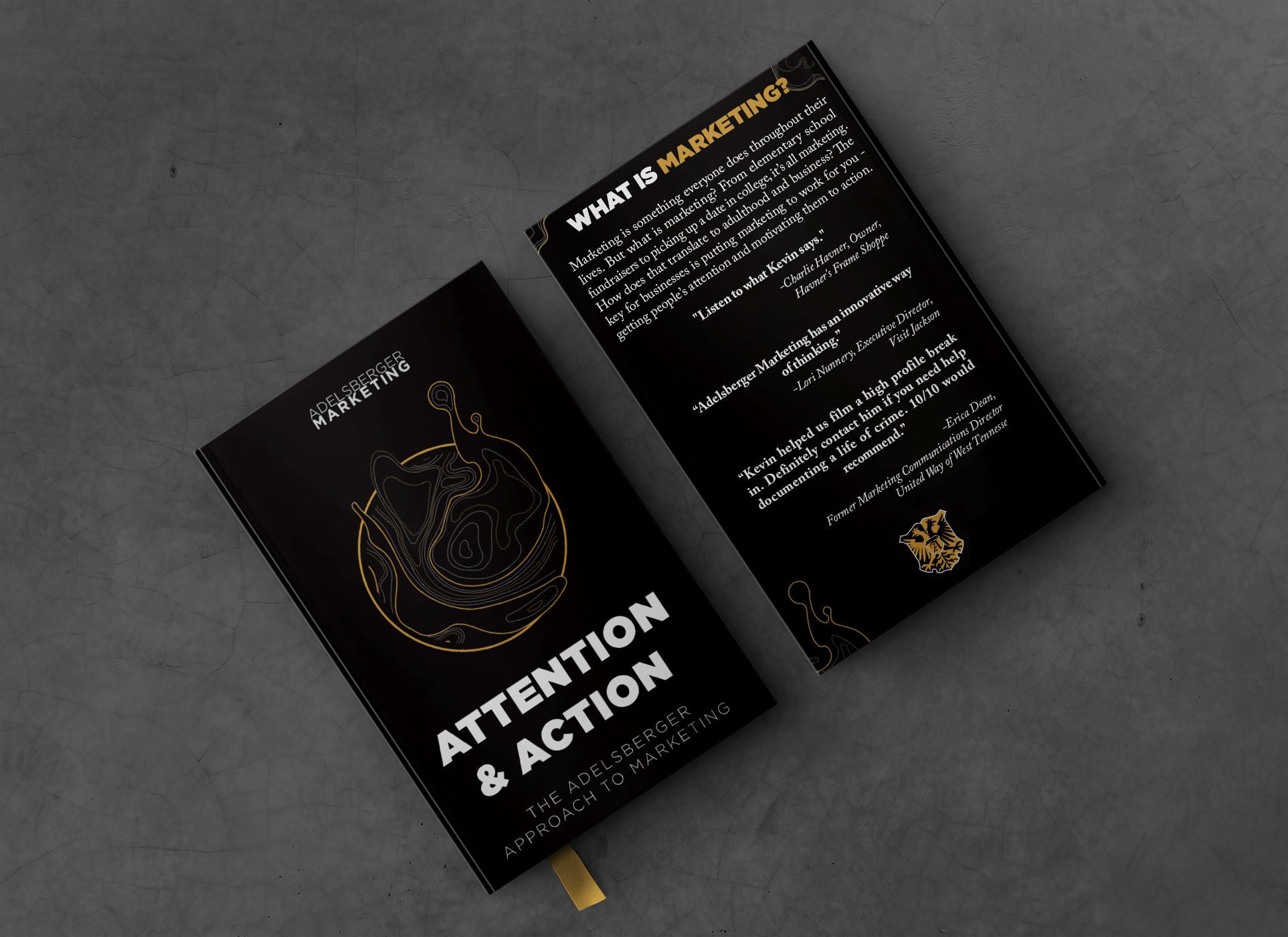There had been a heat advisory three days in a row and it was 99 degrees outside my car. Inside my car was comfortable, cool and also the last little refuge before a new experience. Life is full of these moments: you’re beginning something new and in that moment it feels all encompassing, then three hours later it’s over and it’s turned out to be nothing more than lunch on a Monday.
This was the first day of my fall semester internship with Adelsberger Marketing, and as the first days of these things go, it was about as unintimidating as they get. For today at least, there was no work to be done, or even any training. The agenda consisted only of eating lunch at Tulum and meeting the team. Easy enough. Still, nervousness set in.
A little bell above the door announced my arrival. Around the long table in the middle of the restaurant’s dining area sat the team, save for a few who had yet to arrive. They all looked my way. I recognized two faces: Kevin Adelsberger, Founder and Managing Partner, and Krista Hale, Operations Coordinator and person who had patiently answered my many questions via email. The rest of the faces belonged to strangers. Kevin was the first to speak.
“Hey, Truman, welcome.”
He speaks, always, in a way that is friendly but not loud, and looks like he is remembering a good joke he heard. In fact, the whole table looks as though they have just finished laughing at some shared piece of humor.
Krista greets me, too, and I wave to the group before being shown to a chair in the middle of the long table, across from another vacant chair. These two spots, Kevin says, have been reserved for us, the new interns.
Two women to my left introduce themselves.
“Hey Truman, I’m Brittany.”
Brittany, Brittany, Brittany.
“Hey Truman, I’m Tamara.”
Tamara, Tamara, Tamara.
I repeat names and details to myself internally to ensure I don’t forget anything important and end up looking stupid on day one.
Another man arrives, takes a seat at the end of the table, and introduces himself with Kevin’s help.
“Hey Truman, I’m Ricky.”
Ricky, Ricky, Ricky.
“You know, now that Truman and Keegan will be around, Eric won’t be The Content Machine guy anymore.”
This is funny for some reason, unknown to me, and everyone laughs and does their own riffs off of Kevin’s joke. Eric (who has been with Adelsberger for a year already and has thus been dubbed “King Of The Interns”) arrives and makes the same joke and everyone laughs again. At this point, I still don’t know what The Content Machine is.
We get in line to order our food and someone asks Tamara not to order in French (Tulum is a Mexican restaurant, named after a city in Mexico, just to clarify) and everyone laughs again. Later, Kevin asks the whole table what three books we would bring with us on a desert island. Someone says Les Miserables, pronounced “lay mizzarob,” and Tamara gives them a look before someone says something about the French again and everyone laughs, again. It is then revealed to me that Tamara speaks French and has a tendency to judge the American version of anything relating to the language. Everyone else, in turn, has a tendency to make fun of her for it.
I realize that the Adelsberger Marketing team has a lot of inside jokes and these jokes tend to whizz through the air during group conversation (and on the company Slack channels) with incredible efficiency. I realize, too, that at some point during the meal I stopped repeating names to myself and started making jokes.
A lot of companies talk a lot about family and how their employees are all one big happy family. If you’ve ever had a job or just taken a sober look at the American corporate landscape, you know such language is wildly exaggerated. You’re family as long as you work more hours than you’re supposed to and take work home with you.
Kevin tells his employees not to respond to Slack messages when they’re supposed to be off the clock.
Adelsberger Marketing is not a family. But it is a group of people who like each other, who enjoy one another’s company, and who have a good time doing good work. And they have inside jokes — enough of them even to calm the nerves of a day one intern who can’t remember names.




